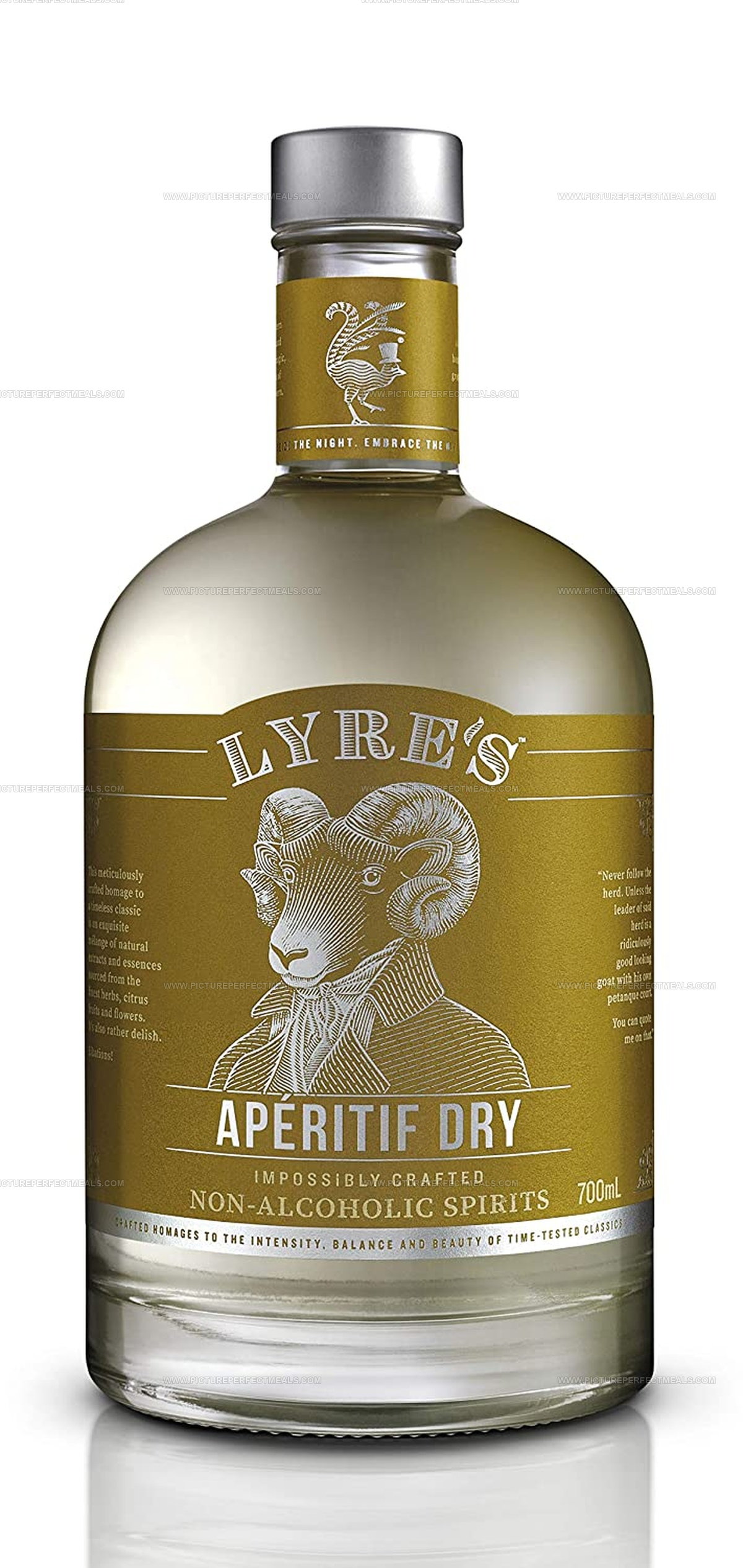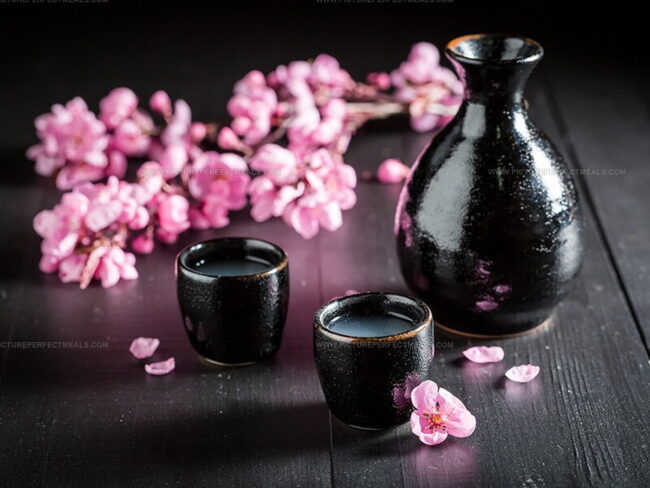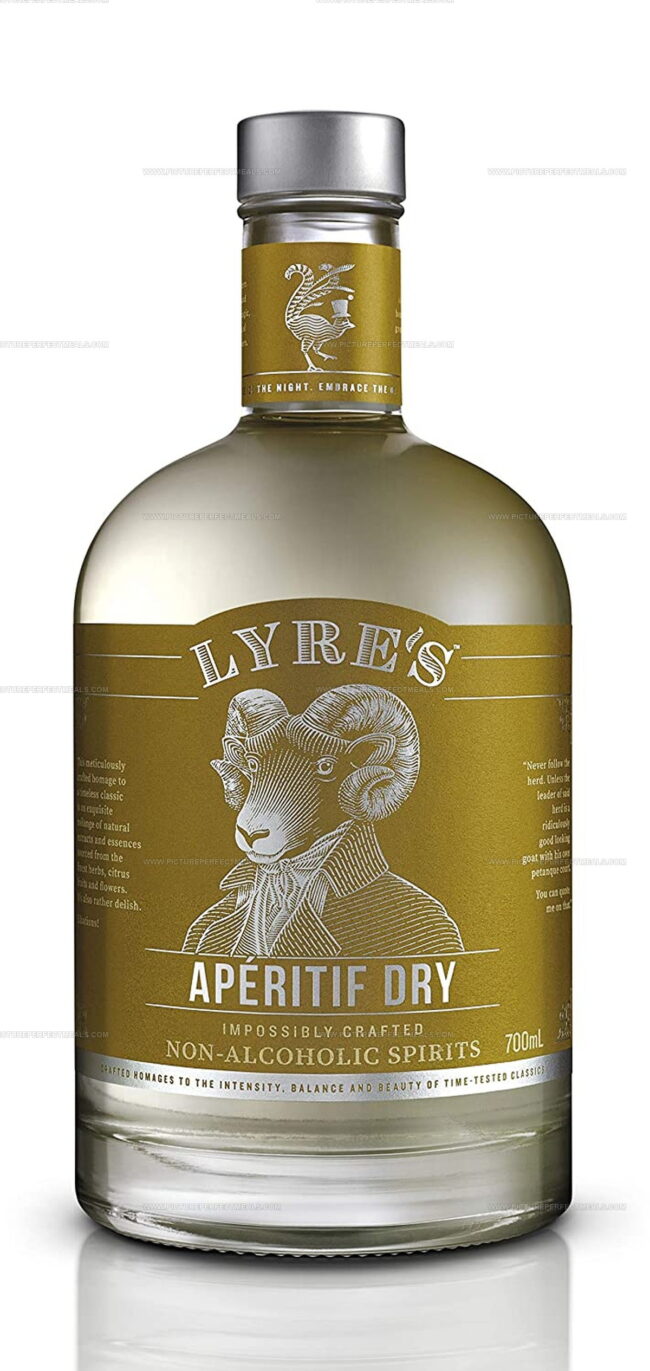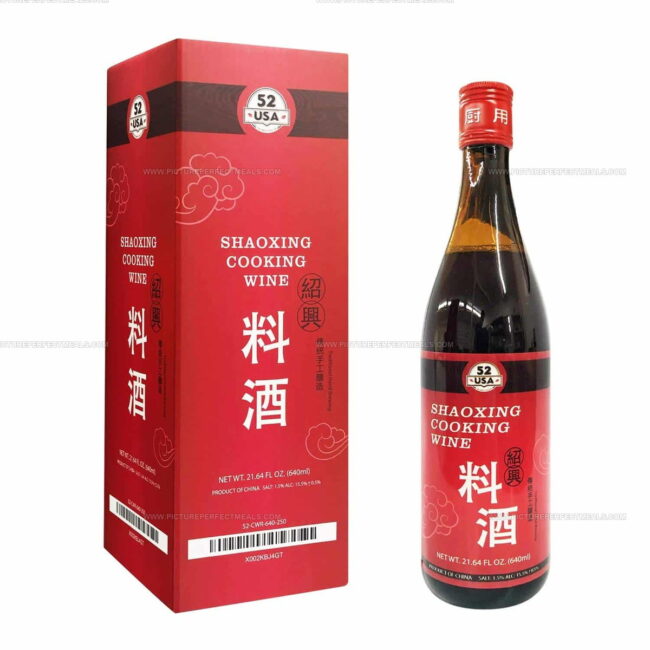3 Cooking Without Sake Using These Easy Swaps
Substitute for sake in recipe choices can open up exciting new flavor possibilities for your kitchen adventures.
It’s not uncommon for home cooks to struggle when a recipe calls for this Japanese rice wine but no bottle is on hand.
The good news? Plenty of alternatives exist that capture similar taste profiles without compromising the dish's integrity.
These replacements range from everyday pantry staples to specialty items found at most grocery stores.
Each option brings its own unique characteristics while maintaining the essential umami elements that sake provides.
Most substitutes work perfectly in marinades, sauces, and stir-fries where sake traditionally enhances flavors.
With just a few adjustments, you can achieve delicious results that might even inspire new favorite versions of classic dishes.
Read on to find the perfect sake alternative for your next culinary creation.
When to Substitute Sake in Recipes
Sake is often used in recipes to add depth and a gentle sweetness, but sometimes you need to swap it for another ingredient, depending on your needs and what’s in your kitchen:
Ideal Sake Substitutes to Choose
Sake missing from the kitchen can be handled by pouring in a liquid that matches its role in the process. Each stage follows seamlessly to completion.
Mirin
Mirin, a sweet Japanese rice wine, serves as an excellent sake substitute with its higher sugar content and lower alcohol percentage while maintaining a similar flavor profile.
This syrupy ingredient works wonderfully for flavoring and glazing dishes, plus you can easily find it in most local supermarkets.
Unlike sake which gets added early in cooking to allow alcohol evaporation while imparting flavor, mirin typically enhances taste profiles later in the process.
The subtle sweetness and umami notes of mirin can transform ordinary Japanese dishes like teriyaki, sukiyaki, and nikujaga into restaurant-quality meals right in your kitchen.
Vermouth
Vermouth stands out as a versatile flavored wine, enhanced with neutral alcohol, herbs, and spices for extra depth.
This aromatized beverage comes primarily in two varieties - the sweet red Italian style and the dry white French version, both strong enough for cooking purposes.
Many chefs consider vermouth an excellent substitute for sake in recipes when this Japanese rice wine isn't available.
For best results when using vermouth instead of sake, adding about two tablespoons of sugar per half cup helps balance the flavors nicely.
The distinct herbal notes in vermouth can actually enhance certain dishes beyond what the original ingredient might have done, giving your cooking an unexpected but delightful twist.
Chinese Shaoxing Wine
Sake lovers can easily swap in Chinese Shaoxing wine for a nearly identical flavor profile in their favorite dishes.
This affordable alternative delivers similar taste notes while maintaining the alcoholic content needed for authentic recipes.
Many people find Shaoxing wine slightly less expensive than sake, making it budget-friendly without sacrificing quality.
The key to success lies in using equal amounts when substituting- too much can overpower your dish.
Beyond cooking benefits, moderate consumption of Shaoxing wine may offer heart health advantages by potentially reducing cardiovascular risks.
Both beverages share cultural significance as traditional rice wines with centuries of history behind them.
Sake Swaps: Your Questions Solved
1. Can I use mirin instead of sake?
Yes, but mirin is sweeter, so reduce any added sugar in your recipe for balance if you use mirin as a sake replacement.
2. Are there non-alcoholic substitutes for sake?
Apple juice, white grape juice, or diluted rice wine vinegar can be used for a non-alcoholic alternative to sake in sauces and marinades.
3. Is rice wine vinegar a good substitute for sake?
Rice wine vinegar is much more acidic. Dilute it with water (half and half) to mimic sake’s mild tang in recipes.
4. Will using a substitute affect the cooking time or technique?
No, you can use most substitutes exactly as you would sake, adding them at the same stage in the recipe.
5. Can I use sake substitutes in both savory and sweet dishes?
Yes, the listed substitutes work in both savory dishes like stir-fries and sweet recipes such as desserts or glazes.
6. Are sake substitutes suitable for gluten-free diets?
Dry sherry, white wine, and most juices are naturally gluten-free, but always check labels for possible additives or cross-contamination.





Daves Miller
Contributing Chef & Culinary Educator
Expertise
Education
Sullivan University, Louisville, Kentucky
White Mountains Community College, Berlin, New Hampshire
Daves is the friendly face guiding you through flavorful, fuss-free recipes at Picture Perfect Meals.
He studied culinary arts at Sullivan University and embraced Baking and Pastry Arts at White Mountains Community College. Daves specializes in comforting meals with vibrant flavors, highlighting fresh, seasonal ingredients.